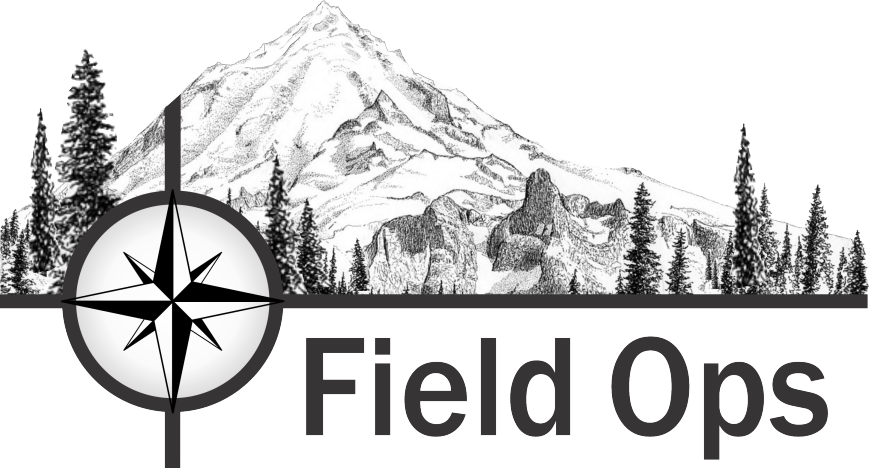Q&A: Firestarters for Wood Cook Fires
Question:
I cook almost all my family’s meals over a wood fire. What are the safest firestarters for cooking over wood fires and the easiest ones to get the fire to light?
Answer:
First, just be aware: Wood fires give off dioxins, which are highly carcinogenic. They also give off VOC, or volatile organic compounds. And they give off benzene. All of these things can cause cancer or other issues (such as anemia and bone-marrow complications) with exposure over time. Basically, wood fires just aren’t the safest thing to cook over, not in the long-term. I’m not saying I don’t also cook over them from time to time. Just that every cook should be aware of the risks of the various fuels.
But if you are going to cook regularly over a wood fire, and you’re looking for natural-based firestarters that are almost guaranteed to light, here are some suggestions: 2 naturals or DIY, and 3 commercial brands that have always worked for me.
Fatwood. This is natural pine wood that is either naturally or artificially saturated with pine pitch. In other words, if you find an old pine stump, it’s worth its weight in gold in terms of fatwood. But you can also make artificial fatwood by cutting up slivers of pine wood and saturating them in melted pine pitch. Fatwood lights easily, is almost impervious to rain, and holds its flame even in wind. I always carry some in my fire tin.
DIY wood-paraffin pod: Clean wood product (no plywood chips or anything treated) + pure paraffin. For wood, I buy the small animal bedding (hamster bedding) pine chips by the bale. It’s convenient, cheap, and takes up little space compared to loose materials. I then add some special ingredients to increase the chance of ignition, extend the burn time, and make my DIY pods both waterproof and windproof. For scent, I add from the garden: rosemary, cedar, pine, or other naturals that have a high content of volatile oil.
Tumbleweed brand firestarters or similar. These are made of natural wood that is lightly coated with paraffin. There are some similar brands and names: fire bugs, etc; but they’re all basically the same. These are some of the most expensive firestarters you can buy.
Note that these can be messy — they tend to shed a lot of debris. If you look at the image, you can see that they’re basically thin shards (like shredded cheese) of wood that is lightly coiled just a bit to hold them together. I consider them (and other commercial brands) cheaters, since I don’t have to work to start a fire if I have one of these. Still, I admit, I like to keep a dozen or so on hand, just because they’re so danged easy to light. But I do keep mine in a ziplock to reduce the mess.

Coghlan’s firesticks. These are made of cedar chips and paraffin. They are inexpensive — you can often find them on a sale or clearance deal. They’re also relatively lightweight, and always seem to light. As to form, they’re a fibrous, pressed stick that is relatively soft. Meaning, you can easily break them in pieces, use just the amount you need, and save the rest for later. You can also break a stick in to 3 or 4 pieces and arrange them under different parts of your tinder pile to ignite a nice spread all at once. Or, you can concentrate the pieces so that the pile of them burning all at once increases the heat, and helps dry out damp tinder until it lights.
Coghlan’s are a backup firestarter that always seems to work. I always carry a pack of these in a kit.

Sweetfire brand. Sweetfire offers plain biofuel tabs, but also long, triangular biofuel tabs with a red “match tip.” I recommend using only the plain biofuel tabs, the ones without the match tip.
The photo on the left shows the firestarters with the match tips. Why don’t I like the match tips? Because the tips almost always break off when you try to strike them, in which case, you need a match again. Basically, you’re paying a lot more for the same biofuel as the plain pods, and you still have to use a match.
The photo on the right shows the standard Sweetfire firestarter tabs. I find them to be about the same as the Coghlan firesicks, in terms of how easy it is to get them lit, and keep them lit long enough to start a fire.


The difference between Coghlan’s and Sweetfire is this: Coghlan’s is wood + paraffin; while Sweetfire is made of sugarcane fiber (bagasse) and vegetable wax. Bagass is what’s left over after they process out the sugar for other commercial products. Interestingly, bagasse is added to a lot of human foods, so you’d think it would be safer than anything as a firestarter. However, remember that when things burn, they give off carbon and other chemicals, regardless of whether they are made of wood or food. Bagass is about as safe as you can get in terms of food, but it’s still going to output as a carcinogen in a cookfire.
Personally, I don’t like the use of vegetable wax in the bagass. Vegetable wax tends to smoke at low temperature points. That means it produces more soot than other waxes, especially pure paraffin. And that implies more exposure to carcinogens.
However, once the oil is burned up/off, there should be no toxic residue, and the Sweetfire firestarters should burn completely down in about 8 minutes. By the time your wood fire is ready to cook over, it should be about as safe as any wood fire can be for cooking your family’s meal.
Happy cooking!
